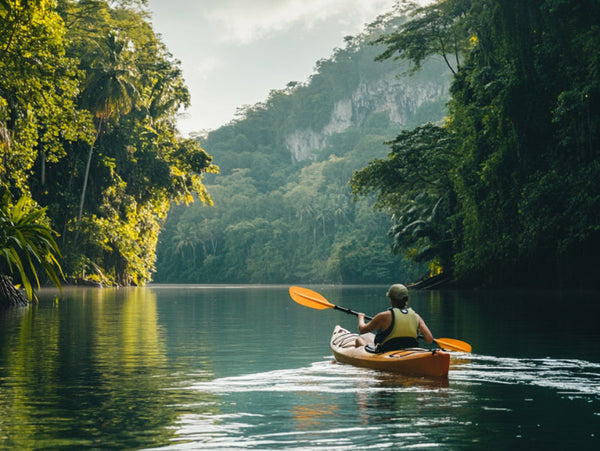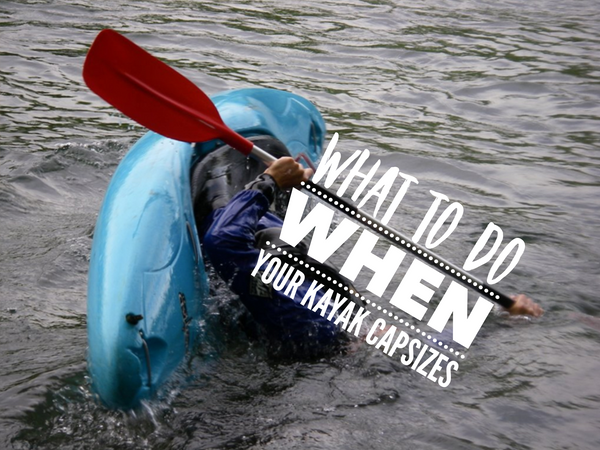Tandem Kayaking 101

With tandem kayaking, not only can you benefit from all this sport has to offer, but at the same time interact with nature and share the experience with a special one. Whether it is with a friend, a family member, or even your pet, unique moments are guaranteed!
Before the fun starts, here are some things to keep in mind.
Know your kayak’s capacity beforehand. For safety reasons, it pays to remember that kayaks have capacity restrictions, so ensure that your weight combined with your partner’s and the equipment you decide to bring along does not exceed the limit of your boat.
Paddling together is ideal but not mandatory. One of the beauties of tandem kayaking is that it welcomes first-time paddlers with little or no experience. It's great for people of all ages, from children to the elderly, who may not have the required strength or ability to paddle. As long as the person sitting at the back of the boat has the experience to do all the paddling work, a pleasant time is possible for all.
Keep the kayak balance. The most experienced person typically has the back seat, from which the kayak is most efficiently steered with appropriate visibility. Children, animals and non-paddlers sit in the front. For better stability and control of the boat, weight should be evenly distributed and in case that is not possible, any extra is preferably loaded at the back.
Teamwork is important. If both people are paddling, it is crucial to understand each paddler has their own role. The person at the rear sets the direction of the kayak and the person at the front determines the stroke pace. Working together is one of the most important aspects in tandem kayaking, not only because the extra paddle will allow you to move at a higher speed but also because it can avoid accidents such as paddle clashing. With good coordination, in no time the two will be paddling as one.
And so is communication. With tandem kayaks, expect to be paddling in the same rhythm most of the time. However, paddlers need to practice good communication when it is time to make a turn, as each will have to take on inverse movements. While the person at the front strokes forward, the one at the rear will stroke backwards, as if in reverse, on the opposite side.
As with most kayaks, once finished with your trip, it's best to put them in proper storage. The BEST Marine & Outdoors kayak racks and storage stands are ideal ways to store and protect your kayak
Leave a comment
Comments will be approved before showing up.
Also in Blog

How to Choose the Right Kayak Anchor
Choosing the right kayak anchor can make all the difference when it comes to staying steady on the water. This guide walks you through everything you need to know about selecting the perfect folding kayak anchor

What To Do When Your Kayak Capsizes
Although kayaks are designed for stability no matter the conditions, accidents happen and knowing what to do can help you avoid an unpleasant experience. Preparedness and technique are key components to controlling a sometimes scary situation.


